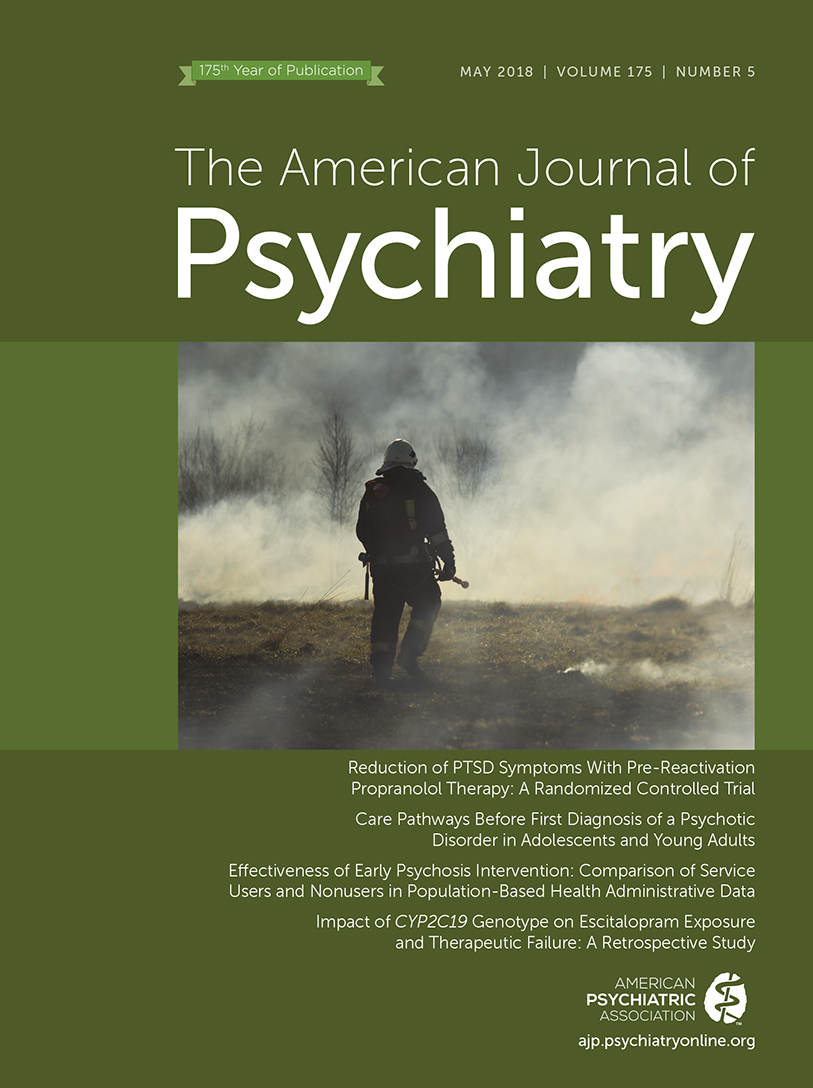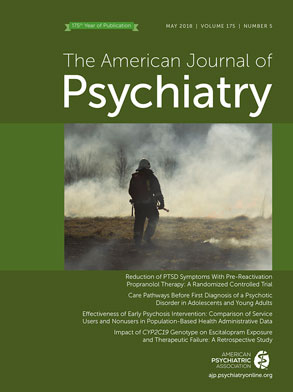The placenta, once thought of as an organ that protected the fetus from the external milieu, is now known to have functions that transmit to the fetus information about the nature of the world outside the womb. By transmitting this information, the placenta regulates fetal development and the timing of parturition to increase fetal survival and preadapt the infant to extrauterine life (
1). Deciphering how the placenta accomplishes these functions is part of an exciting area of science that has implications for interventions that can improve life course and physical and mental health. This issue of the
Journal includes an article by Sandman et al. (
2) that is part of a series of studies by Tallie Baram, Curt Sandman, and colleagues using animals and humans to explore a novel pathway, via placental corticotropin-releasing hormone, through which information about the external milieu may be transmitted to the fetus and embedded in the developing fetal brain.
Corticotropin-releasing hormone (CRH) is named for its primary role: stimulating the corticotrophs in the anterior pituitary gland to produce adrenocorticotropic hormone as part of the cascade of molecular signals that ultimately increases the production of glucocorticoids (cortisol in humans). Importantly, and perhaps surprisingly, CRH is also produced in the placenta (pCRH), where its levels increase in response to increasing maternal production of cortisol over the course of pregnancy. Placental CRH regulates fetal growth, likely via modulation of glucose transporter proteins in placental tissue. As the fetus nears term, it activates fetal cortisol production, which then stimulates surfactant and matures lung tissue so that the baby can breathe air. It also plays a critical role in the timing of delivery via effects on contractile properties of the smooth muscle of the uterus. Sandman has been on the trail of the role of pCRH for decades. In 2006, he published an influential article (
3) demonstrating that in humans, maternal cortisol levels in early pregnancy predicted pCRH levels in the third trimester and, by 31 weeks’ gestation, predicted preterm birth. He and his colleagues (
4) also noted associations between pCRH and the development of temperament, particularly fearful temperament, emotional problems, depression, and cognitive deficits, as well as metabolic trajectories. The behavioral associations with pCRH indicate effects on brain development and motivated the present study.
The children studied were the result of 97 singleton pregnancies in healthy women who did not use drugs or alcohol during pregnancy. Maternal blood was sampled and pCRH was assayed at five points during pregnancy (weeks 15, 19, 25, 31 and 35). When the children were 6 to 9 years old, structural MRIs were conducted to assess cortical thickness. The results showed that children exposed to high levels of pCRH from 15 to 35 weeks’ gestation had a thinner cortex over 12% of the cortical mantle; regional analyses showed that the areas most affected were in the temporal and frontal lobes. Notably, there were no regions in which pCRH was associated positively with cortical thickness.
The authors then focused in on pCRH levels earlier (week 19) and later (week 31) in gestation and their associations with regional cortical thickness. Concurrently with the imaging studies, cognitive and behavioral data were obtained on the children. Higher pCRH levels at 19 weeks correlated with thinner frontal pole thickness, which then correlated with children’s externalizing problems. Higher pCRH levels at 31 weeks predicted a thinner temporal cortex, which in turn predicted longer reaction times on a test of attention regulation.
These findings suggest a role for pCRH in neural development, but there are two major gaps that need to be filled in with facts. First, these are correlations, not causal findings. In a companion work to this study, Curran et al. (
5) attempted to demonstrate a causal route for CRH, showing that at moderate concentrations, it reduced dendritic branching in cultured cortical neurons from newborn rat pups. Thus, if plasma pCRH reflects CRH levels in the fetal cortex, then reduced dendritic branching may underlie the effects observed in the present study. However, it is a long way from the placenta to the fetal brain. CRH does cross the blood-brain barrier (
6), and thus it is possible that pCRH could enter the fetal brain. This has yet to be demonstrated, however. Other pathways also exist; notably, pCRH may stimulate the production of fetal cortisol, which does enter the fetal brain, and which in turn may stimulate CRH production in fetal neural tissue. Such a pathway would depend on timing, because the fetal adrenal cortex, after a brief period of cortisol production early in pregnancy, inhibits the enzyme needed for cortisol synthesis until week 22 or 23 of gestation (
7)—so this route might be involved in the pCRH finding at 31 weeks, but not the one at 19 weeks. Thus, the hypothesis that pCRH influences CRH in the fetal brain still needs to be proven.
Second, we need to understand what it means to observe thinning of the cortical mantle in 6- to 9-year-old children. Will these children end up with a thinner cortex at maturity, or are they maturing at a different rate than their peers and will end up not having a thinner cortex? One of the challenges of developmental research is that one is trying to get a fix on a moving target. Indeed, it is critical to understand both trajectory and outcome. Earlier studies of cortical thickness reported increasing thickness until about age 7, with thinning thereafter. However, most recent large-scale studies have shown cortical thinning across development, beginning as early as age 3 to 4 (
8). Thus, although the Curran et al. (
5) finding suggests that pCRH may have produced a thinner cortex from birth, it is also possible that we are observing a faster developmental trajectory in these children. The possibility that early-life stress sets up a more rapid developmental trajectory in a number of systems is gaining credence (
4,
9). Glucocorticoids and CRH are believed to play important roles in regulating the rate of development, a phenomenon with deep evolutionary roots (
10). But if this is what is happening, then pCRH’s association with cortical maturation should depend on the measure of cortical development used. In addition, whether the association is positive or negative may depend on whether being thicker or thinner is what is associated with “more mature” at that point in development. The interpretation of greater thinning would depend on where the brain is going, and not only on where it has been.
In sum, this is a very interesting study that raises as many fascinating questions as it addresses.

